
英文原版 The Storm of Creativity (Simplicity: Design, Technology, Business, Life) 创意风暴 英文版 进口英语原版书籍
书籍内容简介可联系客服查阅,查书找书开票同样可以联系客服
¥ 128 9.6折 ¥ 134 九五品
库存2件
送至北京市朝阳区
运费快递 ¥0.00
作者Leski, Kyna
出版社The MIT Press
ISBN9780262539494
出版时间2020-08
装帧平装
定价134元
货号YBYDA-4435
上书时间2024-03-20
评价154好评率 98.70%
- 最新上架
商品详情
- 品相描述:九五品
- 商品描述
-
内容摘要
通过艺术家、建筑师、诗人和其他人的实践中的例子来看,从 "不学习 "到重新开始了解创作过程的各个阶段。 凯娜·莱斯基告诉我们,尽管每一个创造性的实例都是单一的和具体的,但创造性的过程是普遍的。艺术家、建筑师、诗人、发明家、科学家和其他人都在这个过程中经历同样的阶段,以发现一些尚不存在的东西。我们所有人都必须努力克服脑子空白、空白页面、作家的障碍、困惑、混乱和怀疑的过程。在这本书中,莱斯基从她作为教师、学生、制造者、作家和建筑师的观察和经验中,描述了创作过程的运作情况。 莱斯基认为创作过程就像一场风暴;它慢慢开始聚集并形成,直到它超越我们——如果我们愿意让它发生。它是动态的,不断地在运动;它开始、停止、暴怒和消退、起伏和流动。在每一章的插图中,她通过追踪水滴在暴风雨中的轨迹,描绘了创作过程的弧线。 莱斯基描述了取消学习,消除自己的成见;只有当我们意识到我们不知道什么时,我们才能提出我们需要解决的问题。我们收集证据,用笔记本记录、研究、收集物品,推动这一过程。我们感知和构思;我们展望未来而不知道我们要去哪里;我们建立联系,我们暂停、退却、停止,然后再开始。为了说明这个过程的这些阶段,莱斯基引用了从保罗·克利到史蒂夫·乔布斯,从大陆漂移的发现到安东尼·高迪的圣家堂设计的创造性实践的例子。 莱斯基告诉我们,创意是一条没有起点或终点的道路;它是持续的。这种对创作过程的启示性观点将成为任何从事创作探索的人的基本指南。 The stages of the creative process--from "unlearning" to beginning again--seen through examples from the practice of artists, architects, poets, and others. Although each instance of creativity is singular and specific, Kyna Leski tells us, the creative process is universal. Artists, architects, poets, inventors, scientists, and others all navigate the same stages of the process in order to discover something that does not yet exist. All of us must work our way through the empty page, the blank screen, writer's block, confusion, chaos, and doubt. In this book, Leski draws from her observations and experiences as a teacher, student, maker, writer, and architect to describe the workings of the creative process. Leski sees the creative process as being like a storm; it slowly begins to gather and take form until it overtakes us--if we are willing to let it. It is dynamic, continually in motion; it starts, stops, rages and abates, ebbs and flows. In illustrations that accompany each chapter, she maps the arc of the creative process by tracing the path of water droplets traveling the stages of a storm. Leski describes unlearning, ridding ourselves of preconceptions; only when we realize what we don't know can we pose the problem that we need to solve. We gather evidence--with notebook jottings, research, the collection of objects--propelling the process. We perceive and conceive; we look ahead without knowing where we are going; we make connections. We pause, retreat, and stop, only to start again. To illustrate these stages of the process, Leski draws on examples of creative practice that range from Paul Klee to Steve Jobs, from the discovery of continental drift to the design of Antoni Gaudí's Sagrada Familia. Creativity, Leski tells us, is a path with no beginning or end; it is ongoing. This revelatory view of the creative process will be an essential guide for anyone engaged in creative discovery. The Creative Process Unlearning Problem Making Gathering and Tracking Propelling Perceiving and Conceiving Seeing Ahead Connecting Pausing Continuing
为你推荐

河北省容城【孙氏族谱】实物图片267页
八五品北京
¥388.00

一个人的村庄,9787531329329,正版,如图实拍,复古色
七五品随州
¥6.60
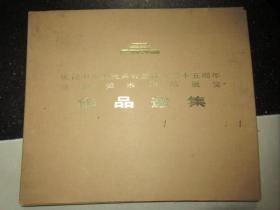
庆祝中华人民共和国成立二十五周年全国美术作品展览作品选集 104张
八五品上海
¥1800.00

南史
八品唐山
¥65.00

思贤讲舍《庄子集释》十卷存七卷15册,多前人朱墨双色批校
八五品北京
¥5800.00
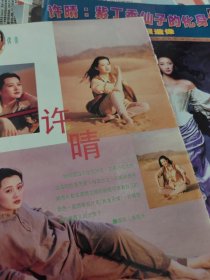
许晴彩页(系列) 多款造型,主题,版本,报道,写真,周边,价格0.99到8,欢迎选购,持续更新中。。孙兴,王志文,梅艳芳,濮存昕,谭咏麟,张学友,巩俐,吕秀龄,张艺谋,赵宝刚,红豆,陈道明,张丰毅,迈克道格拉斯,黛米摩尔,妮可基德曼,辛晓琪,徐静蕾,朱茵,袁洁莹,张卫健,林家栋,冯雷,周洁,杨贵妃,刘佳,周慧敏,安雯,金城武,吴奇隆,孙耀威,米雪,李连杰,成龙,黎明,周华健,钟镇涛,章小蕙
九五品肇庆
¥0.99
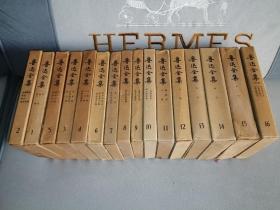
【过大年特价惠友】81年 鲁迅全集(1~16卷)全套1981年一版一印 精装本 函套书衣完整 包邮京东
九品北京
¥1580.00

金庸作品集 如图【神雕侠侣全四册】【倚天屠龙记全四册】【天龙八部全五册 】【侠客行上下】【笑傲江湖全四册】【鹿鼎记 全五册 】24册 如图
八五品北京
¥300.00

灵枢经校释(上)
四品烟台
¥55.00

毛泽东选集 头像
八五品烟台
¥288.00

连环画 三国演义
八品北京
¥360.00
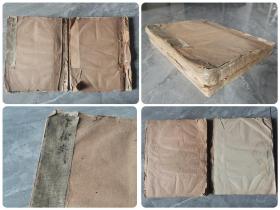
清拓 宝汉斋藏真帖 两厚册 共112.5开225面 其中第一册最后一面为第二册开篇的标题 应为宝汉斋帖的大全套 但又无从考证 故将此拓所有标题与标题后的结尾图片全部展示 请自判
七品天津
¥4500.00

川派佛道密言密咒(多图)杨氏佛坛弟子集抄(32个筒子页)川派佛道
八品成都
¥1999.00

毛泽东选集(32开本)
八五品沈阳
¥680.00
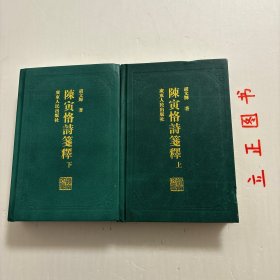
【正版现货,库存未阅,优惠出,精装本,仅印3000册】陈寅恪诗笺释(上、下册,全二册)锁线精装本,简体版,陈寅恪的著述乃至诗作博大精深,影响深远。陈寅恪研究亦成为海内外学术界广泛关注的显学。本书是目前为止唯一的陈寅恪诗笺注本,收录最齐全,具有极高学术水平,受各方极高评价,是陈寅恪研究史上代表作之一。陈寅恪的诗作享誉全国以至海外,向为学术界和读者所推崇。作者在陈诗原文基础上再配以新的标题,增强了理解
九五品北京
¥299.80

罕见!传世大典《玉定金科辑要》《玉准轮科辑要》两套完整版(过去简称金轮二科) 共30本全 完整无缺,(外加一本当年的出版说明-红色的那本,合计31本) 原版套函盒装 品相棒 清末民国书籍 二科必读 古籍善本。
九品保山
¥10664.00
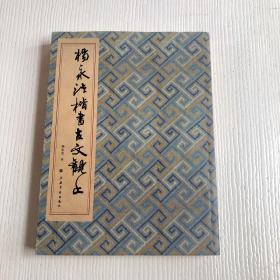
杨永法楷书《古文观止》
八五品上海
¥30.00

丸 别册 俄罗斯 乌克兰 兵器大研究
九品成都
¥200.00

民国原照片:【夏珪 长江万里图】全套71张,完整无缺。品相如图,尺寸:36X24CM。
七五品北京
¥8000.00

华丽的逃亡
全新郑州
¥88.00
— 没有更多了 —
微信扫码逛孔网
无需下载


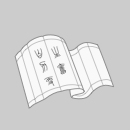










%20%E5%88%9B%E6%84%8F%E9%A3%8E%E6%9A%B4%20%E8%8B%B1%E6%96%87%E7%89%88%20%E8%BF%9B%E5%8F%A3%E8%8B%B1%E8%AF%AD%E5%8E%9F%E7%89%88%E4%B9%A6%E7%B1%8D%22%2C%22shopId%22%3A779094%2C%22shopName%22%3A%22%E9%80%9A%E5%8D%9A%E5%9B%BE%E4%B9%A6%E4%B8%93%E8%90%A5%E5%BA%97%22%2C%22price%22%3A%22128%22%2C%22isSold%22%3A0%2C%22stockNum%22%3A2%2C%22quality%22%3A%22%E4%B9%9D%E4%BA%94%E5%93%81%22%2C%22status%22%3A1%2C%22isbn%22%3A%229780262539494%22%2C%22catnum%22%3A%226001022000000000%22%7D&n_0.8786618189947357)
非常满意
原版书籍才是真香!